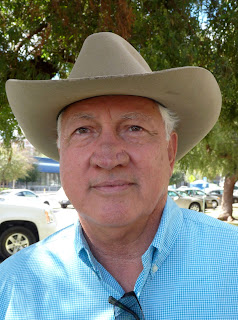Sweet Potato Festival, A Sure Sign Fall is Near
 Starting TODAY, The City of Livingston and The Sweet Potato Council of California brings to you an event for families to celebrate the Sweet Potato Harvest. This year’s event will be held on September 20, 21, 22, 2013 at the Max Foster Sports Complex, 2600 Walnut Avenue Livingston.
Starting TODAY, The City of Livingston and The Sweet Potato Council of California brings to you an event for families to celebrate the Sweet Potato Harvest. This year’s event will be held on September 20, 21, 22, 2013 at the Max Foster Sports Complex, 2600 Walnut Avenue Livingston.


















